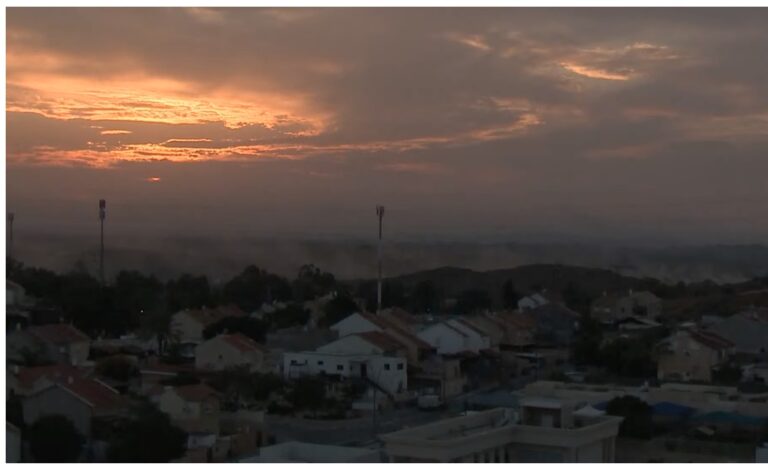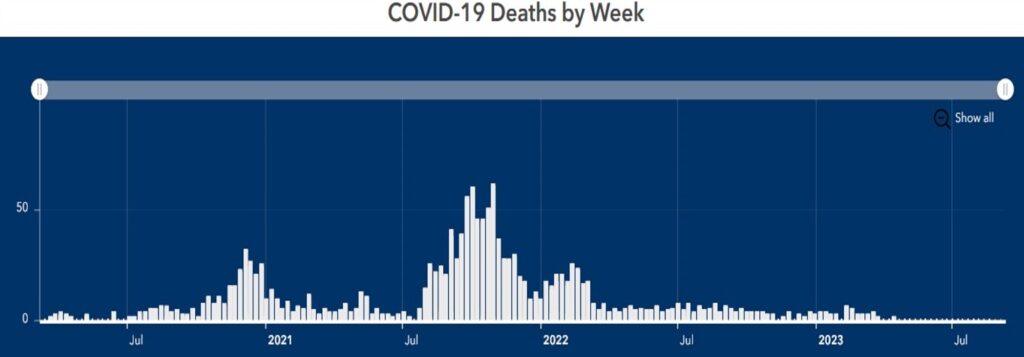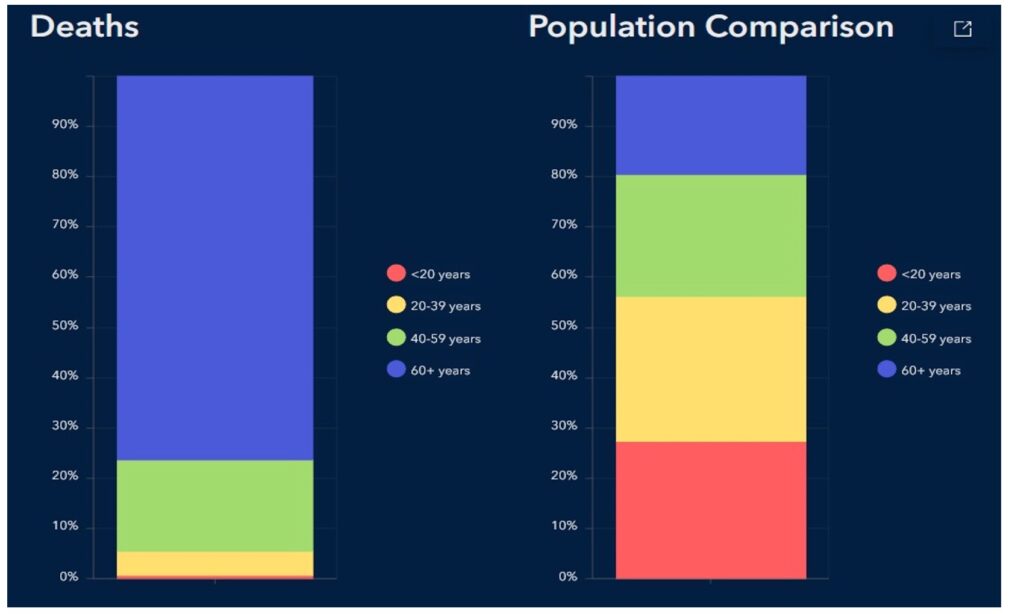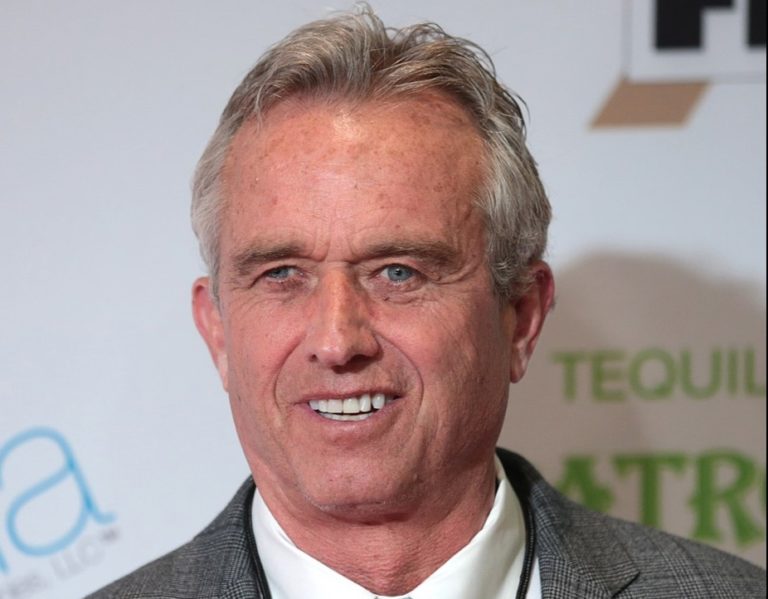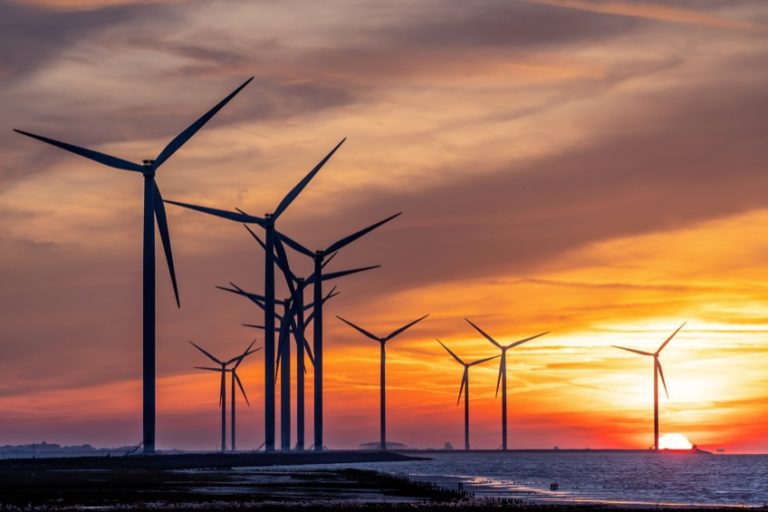By TIM BARTO
Now the Lord said to Abram, “Go from your country and your kindred and your father’s house to the land that I will show you. And I will make of you a great nation, and I will bless you and make your name great, so that you will be a blessing. I will bless those who bless you, and him who dishonors you I will curse, and in you all the families of the earth shall be blessed.” -Genesis 12:1-3
World War III seems to be on the near horizon and the apocalypse can’t be too far behind, so it’s high time to recognize and call out evil for what it is.
It’s not just Taylor Swift’s endless Eras tour, or the capitulation of the National League to the designated hitter rule, or even people who drive slowly in the left lane during the Glenn Highway’s morning commute. Heinous as those are, there are even darker and more sinister movements on display.
On Oct. 7, hate-fueled terrorists attacked Israel, brutally killing, maiming, raping, and kidnapping any Jews they came across: soldiers, police officers, and civilians including women, children, and the elderly. The bodies of murdered young women were stripped and paraded through the streets. It was pure, unadulterated evil that deserves condemnation by all civilized people.
And yet, there are people who not only decline to condemn the attacks, but they also justify them. Demonstrators on the campuses of indoctrination centers that formerly served as colleges and universities are placing all the blame on Israel itself and condemning any response on the part of the Israelis, save capitulation. A Cornell professor publicly professed the exhilaration and excitement he felt at the massacre, and members of the United States Congress. Sure, he tried to walk back his words but the passion with which he spoke them fully demonstrated his full colors.
The modern state of Israel was formed in 1948, almost exactly three years after the surrender of Nazi Germany and the subsequent disclosures of what occurred during the Holocaust. The phrase “Never Again” was – and still is – a defiant cry to never allow the persecution of Jewish people to go unanswered. And yet, persecution continues and shouts proclaiming death to Israel/Zionists/Jews celebrate that persecution.
How does a human being not condemn the intentional murder, rape, and kidnapping of other people? Evil.
It’s the same thing that gives adults justification to not only allow, but encourage, men to dress like oversexualized women and gyrate in front of children, and then provide dollar bills to those children so they can reward the drag queens.
Evil is what justifies the mutilation of a child’s body by drugs and surgery so that child can further pretend they are a member of the opposite sex.
Evil provides the inspiration for a person to walk into a Maine bowling alley and indiscriminately shoot people (as was done a week ago) or into a Tennessee school and discriminately shoot people (as was done back in March). And it allows people to count that Tennessee shooter as one of the actual victims of the shooting because the shooter was “transgender” and was “misgendered” by reporters who referred to the shooter by her biological sex.
Evil empowers school officials to arrogantly withhold important mental health information about children from those children’s parents.
Evil provides justification for people to tear down posters of children who are missing or murdered at the hand of Hamas.
So, is it evil that encourages self-proclaimed LGBTQ+ members to throw their support behind Hamas and other Muslims who not only vow to eliminate Israel but also throw LGBTQ+ people off rooftops? No, that’s blatant ignorance. Or just plain stupidity.
Which is not to downplay the proliferation of ignorance and stupidity in American culture. They’re alive and well, those pathogens that proliferate the disease of evil; the gateway drugs that eventually lead a deadly path to the hard stuff. All one needs to do is check out some of the countless man-on-the-street videos that are out there. You’ll see American adults who don’t know how many states there are, or which countries border the United States. But ask the same people to name the Kardashian sisters and they answer immediately, correctly, and with pride. One series of such videos even reveals a gaggle of students from Harvard University, who are the alleged cream of the academic crop, who were routinely stumped by some pretty basic knowledge questions, including one sure to sadden MRAK readers: What is the largest U.S. state in area?
But let’s get back to evil. During its spree of terror, Hamas kidnapped over 200 people, taking them back to Gaza as hostages. If the hostages are killed as Israel fights to for their survival while ridding the world of the evil that is Hamas, the hostage takers will blame Israel and, most unfortunately, gain further sympathy from their Arab brethren . . . as well as those folks described in the preceding paragraph. Perhaps even worse (although rating levels of evil is as frustrating as it is absurd), Hamas will allow the Palestinians living in Gaza to be killed as well, all to further their claim that Israel is the one acting evil.
It’s typically been easy to point at the Nazis and call them evil, but now we are actually hearing the horrid refrains of the Third Reich to kill the Jews! The hard left, ironically including Antifa, loves to label people who disagree with them as fascists, but now it is becoming ever clearer who is acting like and aligning with the fascists.
It is time – past time, actually – to call evil for what it is.
Tim Barto is vice president at Alaska Family Council and is a longtime writer at Must Read Alaska.



